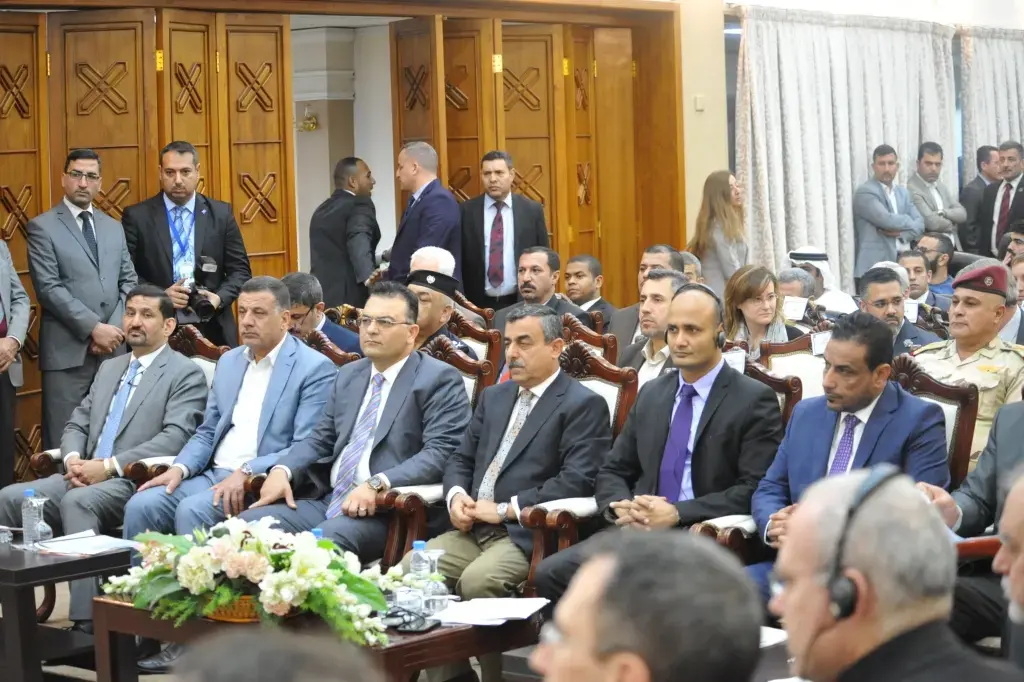Demographic factor, through monitoring population growth, structure and distribution over the past three decades, formed the momentum for fundamental change in the attitude towards the official adoption of national population policies and programs integrated with sustainable development strategies in Iraq. This demographic situation was aligned with deteriorated economic and environment situations in the eighties which negatively affected the population welfare; and this is expected to remain as serious concern in the coming future. This report has indicated a number of these impacts such as high illiteracy rate, deteriorated health situation, high mortality rates, nutrition, high fertility and unemployment particularly among youth, in addition to low productivity in the rural areas and poverty as well as lack of water and food security, and international and regional conflicts. This study looks at the situation of the population in Iraq exposing the current realities and their impact. The approach of the study is descriptive and analytical including some occasional quantitative analysis. The objective of the study is to highlight problems resulting from the absence of a development vision in dealing with population issues and even occasionally ignoring population altogether as a primary objective for the development. The findings stress the need for formulating a population policy guided by the principals of ICPD program of action.
Sexual and reproductive health
Iraq Population Situation Analysis Report 2012
Publisher
Number of pages
105
Author
UNFPA
Annual Report
Iraq Population Situation Analysis Report 2012
Publication date
01 January 2012
Latest
Remote video URL



